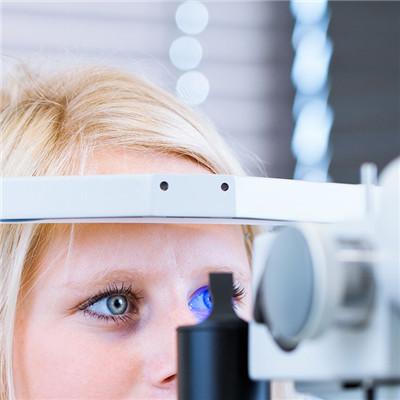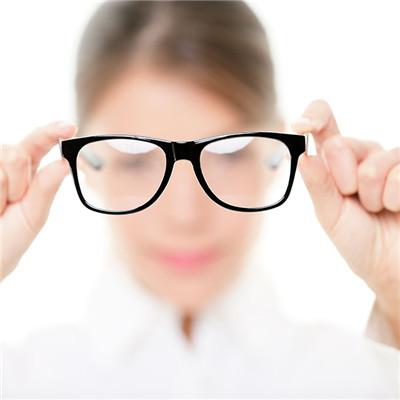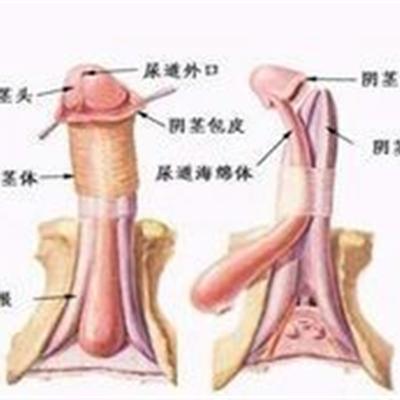How to do exophoric strabismus?
summary
Exotropia is a kind of potential exotropia, which will affect our normal life. But we can control the axis of two eyes to be parallel through the normal fusion function to maintain the binocular single vision function. Also known as recessive exotropia, it is a kind of potential strabismus. When the fusion function is out of control and the eyes are in intermittent or frequent outward deviation state, it is called dominant exotropia. Now I'd like to introduce to you how to do with exotropia?.
How to do exophoric strabismus?
First, paralyzed ciliary muscle optometry should be used to correct ametropia, and complete correction should be used to strengthen adjustment if myopia is present; If it is hyperopia, it should be corrected or not; If it is astigmatism, whether it is myopic astigmatism, hyperopia astigmatism or mixed astigmatism, it should be completely corrected by improving the visual acuity and enhancing the fusion convergence.

Second, the prism is suitable for the elderly with exotropia. On the basis of bifocal lens, the bottom inward prism should be added appropriately. Generally, the degree of prism should not exceed 1 / 3 ~ 1 / 4 of the degree of esotropia. The minimum degree of prism that can relieve symptoms is limited in clinic. Too large degree of prism may make exotropia develop into exotropia.

Third: set proximity training: it is suitable for exotropia caused by insufficient reflexive convergence, and it can increase patients' autonomous convergence function and relieve symptoms through set training. The simplest method is to train the point of the pen, that is, to place a pencil or other target slightly below the eye line, about an arm away from the eye. Both eyes gaze at the target at the same time, and then slowly move it from far to near until it is seen as a double shadow and then back to the distance. So repeat training, 2-3 times a day, 5-15 minutes each time.

matters needing attention
1. Reading and writing can't last for a long time. After a long time, the handwriting is blurred, double shadow and serial. The patient can continue to read after closing his eyes and resting, but the symptoms appear repeatedly. 2. Some patients have headache, periorbital pain or retrobulbar pain after working for a long time. Some patients feel that their upper eyelids are heavy and they seem to have the feeling that their upper eyelids adhere to the eyeballs. They may be accompanied by blepharitis and chronic conjunctivitis.









